
From Click to Shield: Transforming Employees into AI Phishing Hunters

In 2025, generative AI is rewriting the rules of phishing—crafting scams so convincing that traditional filters struggle to keep pace. While cutting-edge security tools are essential, your last and most powerful line of defense is trained employees.
Employee training for AI-assisted scams equips your workforce with real-time phishing simulations, behavior-based microlearning, and executive-led initiatives to transform potential victims into proactive defenders. In this guide, you’ll learn how to build a security-first culture that outsmarts even the most advanced AI-powered phishing attempts.
The Evolving Threat of AI-Generated Phishing
Rise of AI-Enhanced Phishing Attacks
Generative AI models enable attackers to craft hyper-realistic phishing emails that mimic trusted senders, adapt to current events, and evade signature-based filters. These AI-driven campaigns can target thousands of employees at once, each message uniquely tailored to the recipient’s profile and communication style.
Why Employees Remain the Critical Defense
Even the most advanced detection systems can miss novel, context-aware messages. According to the SANS 2023 Security Awareness Report, “people have become the primary attack vector,” and human error remains the leading cause of breaches; effective awareness programs are essential to mitigate this risk. Training employees to recognize subtle cues and respond appropriately is therefore indispensable.
Understanding Employee Training for AI-Assisted Scams
Defining the Scope
“Employee training for AI-assisted scams” goes beyond generic phishing awareness: it focuses on the unique characteristics of AI-generated threats—deepfake attachments, contextually rich social-engineering lures, and automated credential-harvesting links.
Training Objectives
A robust program should aim to:
- Improve Detection: Teach staff to spot AI-crafted anomalies in language and formatting.
- Promote Verification: Encourage out-of-band checks (e.g., phone confirmations) for unusual requests.
- Accelerate Reporting: Shorten the time between receipt and reporting of suspicious emails.
- Foster Culture: Embed cybersecurity as a shared responsibility, not just an IT issue.
Real-Time Employee Phishing Training Tools
Core Features
Modern platforms inject simulated phishing emails directly into live inboxes and provide instantaneous, in-application guidance:
- On-The-Fly Simulations: Randomized, context-aware phishing tests mimicking AI tactics.
- Interactive Pop-Up Coaching: Immediate feedback when users click a test link, offering tips on what to look for.
- Adaptive Difficulty: AI adjusts scenario complexity based on each user’s performance, ensuring ongoing challenge and growth.
Selecting the Right Platform
Evaluate tools on:
- Realism: Ability to generate fresh, AI-style phishing templates.
- Integration: Seamless deployment with Office 365 or Google Workspace.
- Analytics: Dashboards tracking click-through, report rates, and time-to-report.
- Customization: Role-based scenarios (finance, HR, IT) reflecting actual workflow risks.
Reducing Human Error in Cybersecurity
Behavioral Science & Nudging
Techniques from behavioral economics—like default warnings and unified security banners—“nudge” employees toward safer choices. For instance, a persistent red banner on external emails can reduce risky clicks by making potential threats visually distinct.
Microlearning & Gamification
- Micro-Modules: Five-minute daily refreshers on new phishing trends keep security top of mind without overwhelming staff.
- Leaderboards & Badges: Public recognition for teams with the lowest simulation failure rates boosts engagement by 20–30%. Gamified elements turn training into a shared, competitive activity.
AI Phishing Simulation Exercises
Designing Effective Scenarios
Best-practice simulations should:
- Use Real-World Templates: Draw on actual AI-powered campaigns, such as deepfake invoice scams or OAuth-based consent phishing.
- Vary Delivery Channels: Include email, SMS (smishing), and voice calls (vishing) to cover all social-engineering vectors.
- Scale Complexity: Start with basic red flags (misspellings, mismatched domains) and progress to advanced obfuscation and deepfake audio.
Measuring Effectiveness
Track these key metrics:
- Click-Through Rate (CTR): Percentage of users who engage with simulated threats.
- Report Rate: Portion of users who report the simulated attack to security channels.
- Time to Report: Average delay from email receipt to reporting—critical for incident containment.
- Trend Over Time: Month-over-month improvement in CTR and report metrics demonstrates behavioral shift.
Building a Security-Conscious Culture
Leadership and Executive Buy-In
Executive participation signals priority. When leaders share personal phishing experiences and attend workshops, employees perceive training as essential, not optional. Such visible leadership involvement also reinforces a security-conscious culture—where transparent communication and continuous education empower everyone to proactively identify and report threats
Continuous Reinforcement
- Quarterly Workshops: Deep-dive sessions on emerging AI phishing tactics.
- Ad-Hoc Threat Alerts: Push notifications or intranet banners for zero-day phishing outbreaks.
- Peer Learning: Security champions in each department mentor colleagues and share real incident learnings.
Measuring ROI and Continuous Improvement
Calculating ROI
IBM’s Cost of a Data Breach Report 2023 found that robust employee training can save organizations an average of $232,867 per breach incident. When factoring in reduced incident response time and lowered remediation costs, a well-run program typically yields a 69% ROI within the first year.
Feedback Loops
Use simulation outcomes to:
- Refine Content: Update micro-modules to address common failure points.
- Segment Training: Offer advanced modules to high-risk groups (finance, HR).
- Celebrate Success: Publicize teams that outperform benchmarks to reinforce positive behavior.
Final Thoughts
In 2025’s AI-driven threat environment, employees are the last—and best line of defense. By investing in employee training for AI-assisted scams—leveraging real-time phishing training tools, behavior-focused microlearning, and sophisticated simulations—organizations can transform human error from a liability into a strategic asset.
Continuous measurement, executive support, and culturally embedded practices ensure that your workforce stays resilient against the most advanced phishing threats.
Frequently Asked Questions
Q1: What makes AI-powered phishing different from traditional phishing?
AI-driven scams use generative models to craft highly personalized messages—mirroring an individual’s writing style and context—making them far more convincing and harder to detect with static filters.
Q2: Why is employee training critical against AI-assisted scams?
Even the best automated defenses miss novel, context-aware attacks. Consistent behavior-focused training reduces click-through rates by up to 80%, turning employees into an active defense layer.
Q3: How often should organizations conduct phishing simulation exercises?
Best practice is a mix of scheduled (quarterly) and unannounced simulations to reinforce vigilance and measure improvement over time without training fatigue.
Q4: What are “real-time” phishing training tools, and how do they work?
These platforms inject simulated phishing emails into actual inboxes and provide instant, in-context coaching when a user interacts with a test, reinforcing correct actions at the moment of risk.
Q5: How can microlearning reduce human error in cybersecurity?
Short, focused modules (5–10 minutes) delivered frequently keep security top-of-mind and have been shown to improve knowledge retention by over 40% compared to annual training sessions
Q6: What metrics best measure the success of an employee training program?
Track click-through rate (CTR), report rate, time-to-report, and trend improvements—these KPIs correlate strongly with lower breach costs and faster incident response.
Q7: How do you maintain engagement and prevent “training fatigue”?
Incorporate gamification (leaderboards, badges), role-specific scenarios, and micro-modules to keep content fresh and relevant, avoiding repetitive annual drills.
Q8: Should training differ by department?
Yes—tailor simulations to each team’s typical workflows (e.g., finance sees invoice scams, HR sees credential harvesters) to maximize realism and relevance.
Q9: What role do executives buy-in play in training effectiveness?
Visible participation from leadership signals that security is a strategic priority, increasing program adoption and reinforcing a security-first culture.
Q10: How can organizations ensure continuous improvement of their training program?
Use simulation data to refine modules, segment audiences by risk level, update content with emerging AI phishing trends, and celebrate teams that consistently outperform benchmarks.




.png)
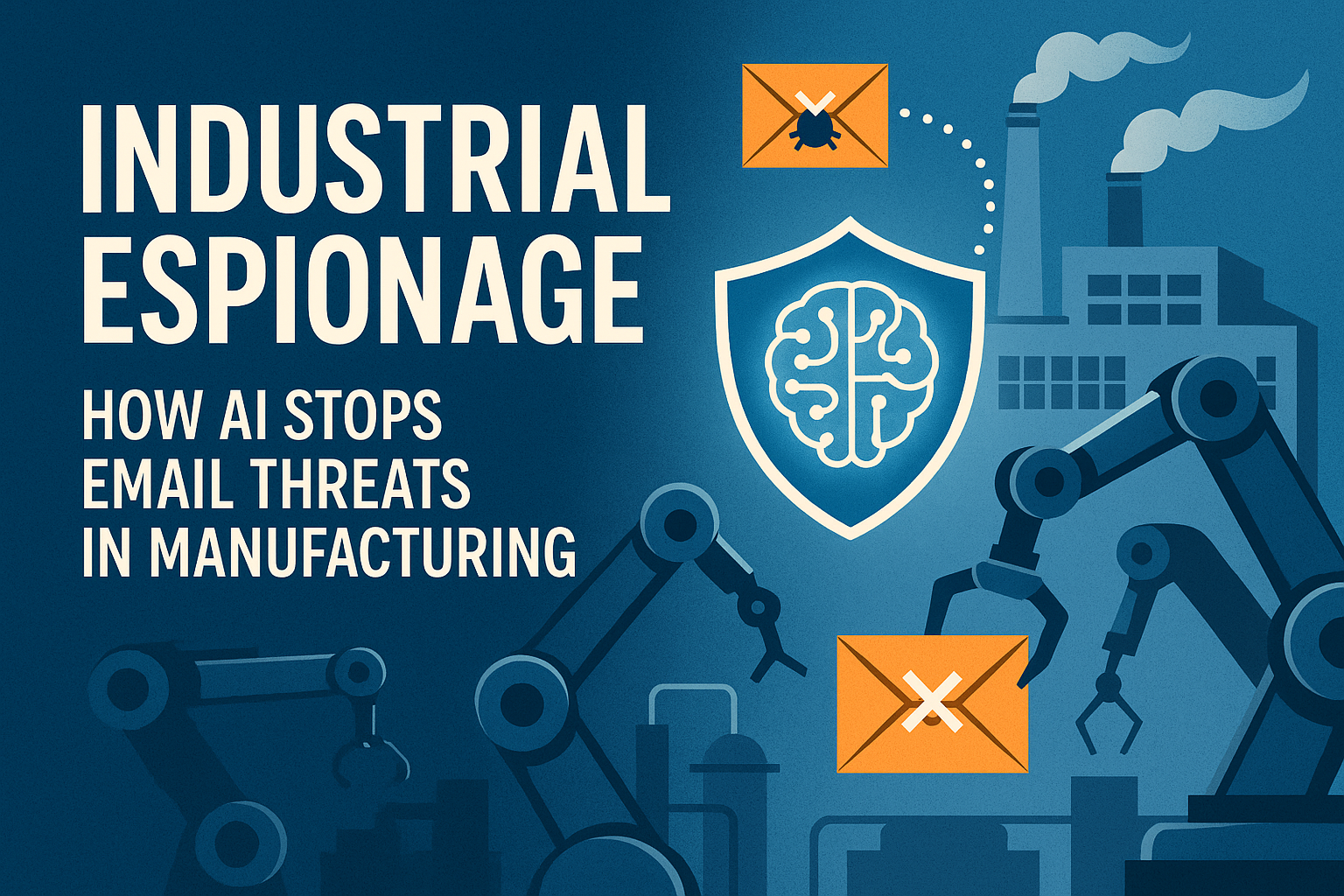

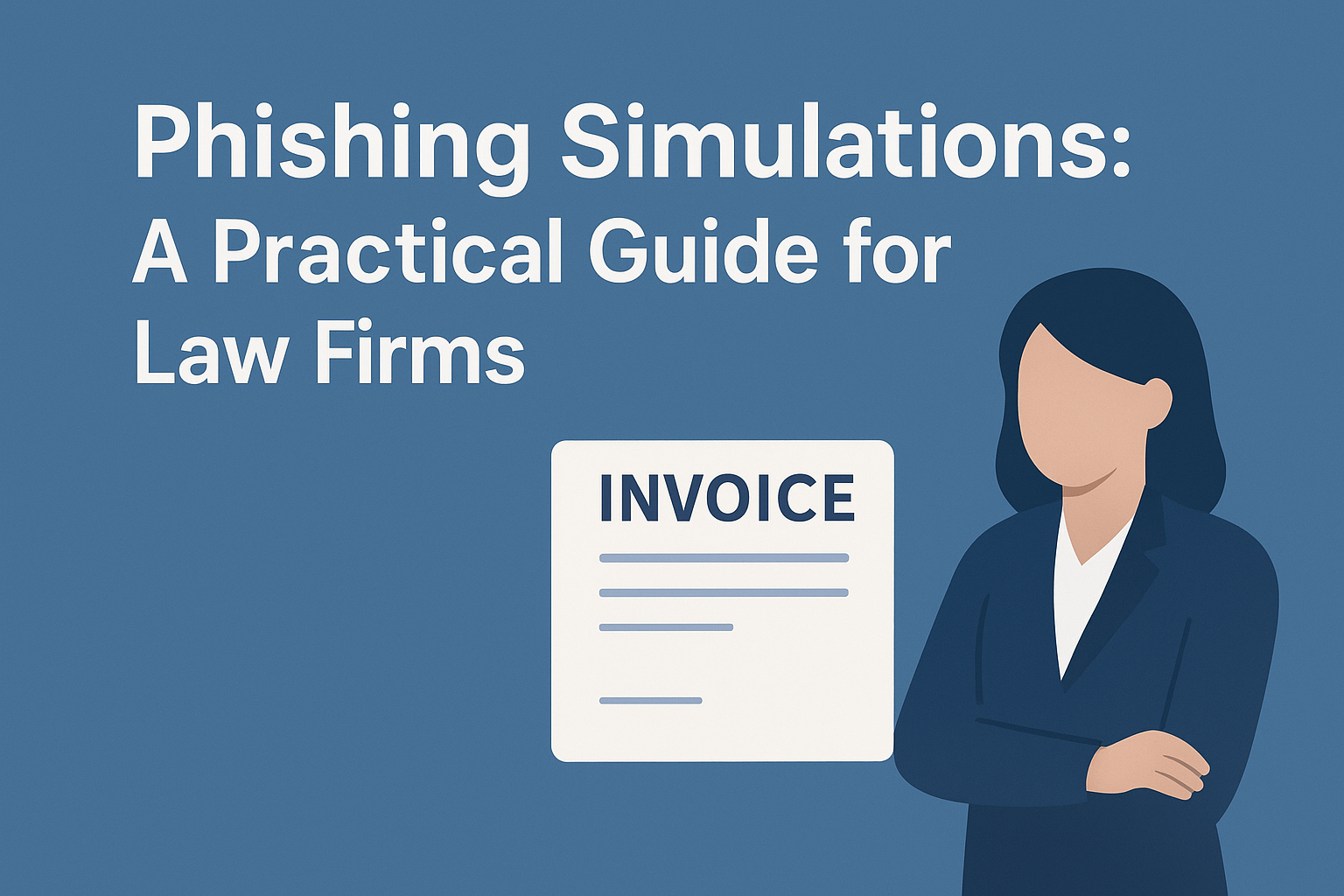
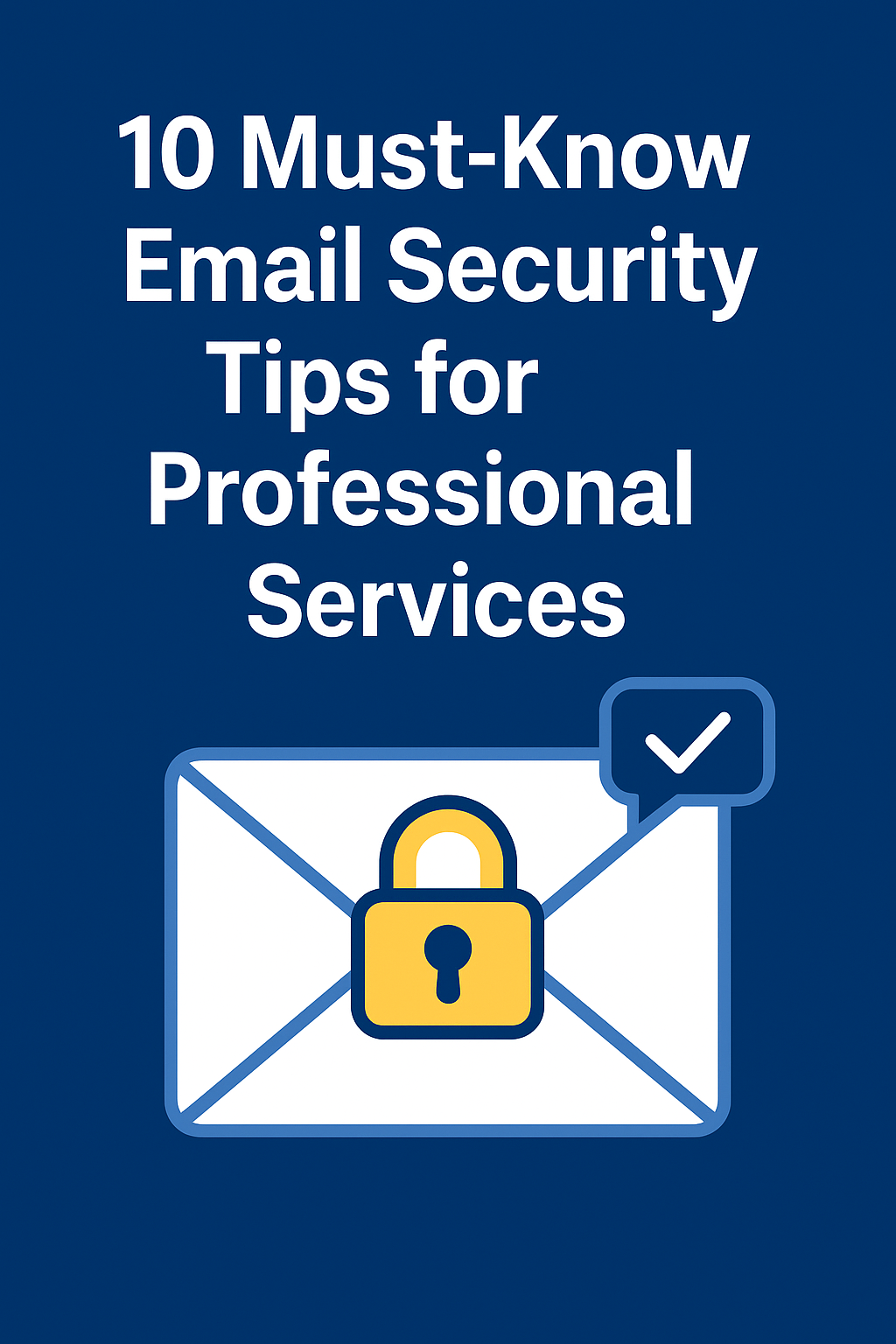

.png)
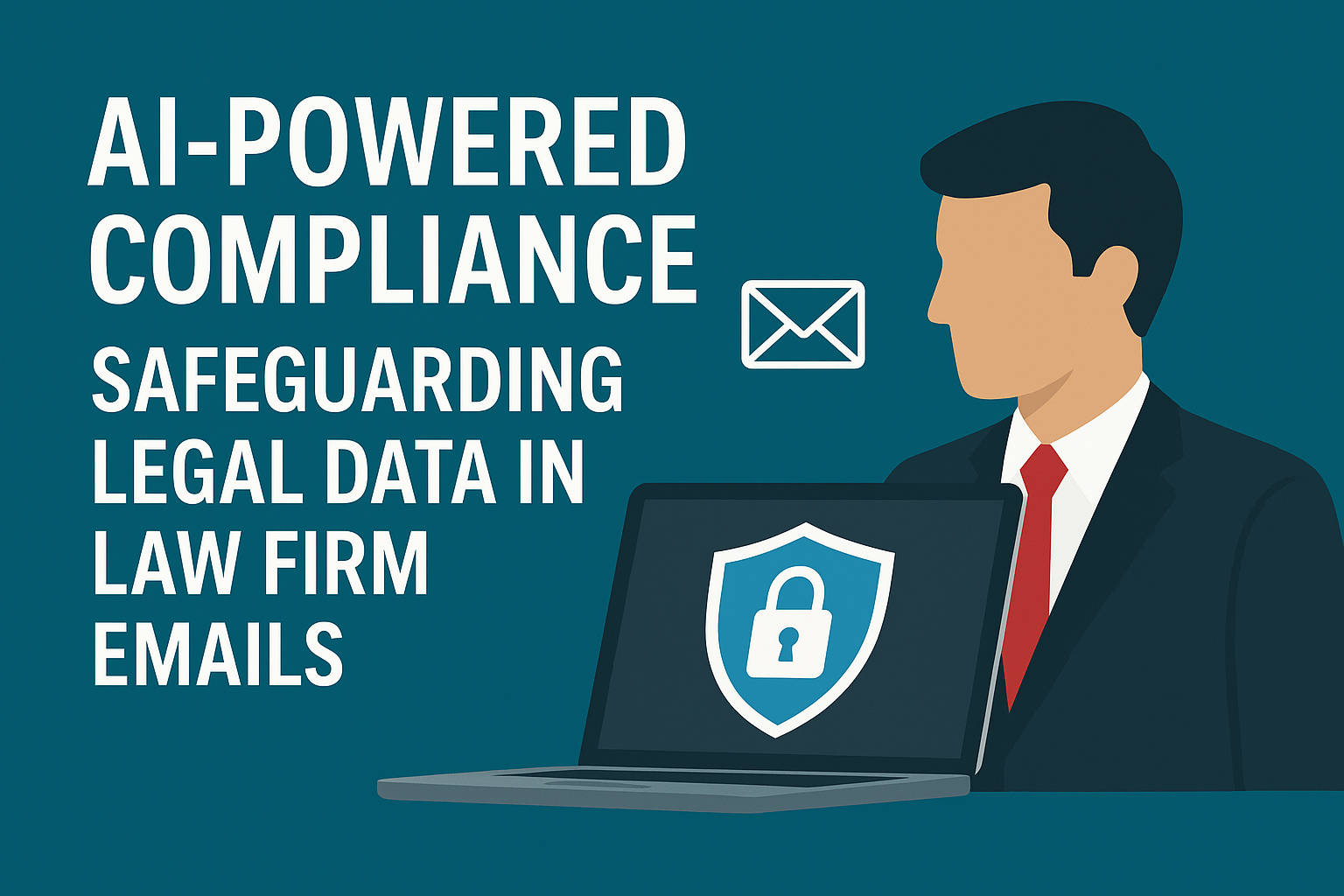
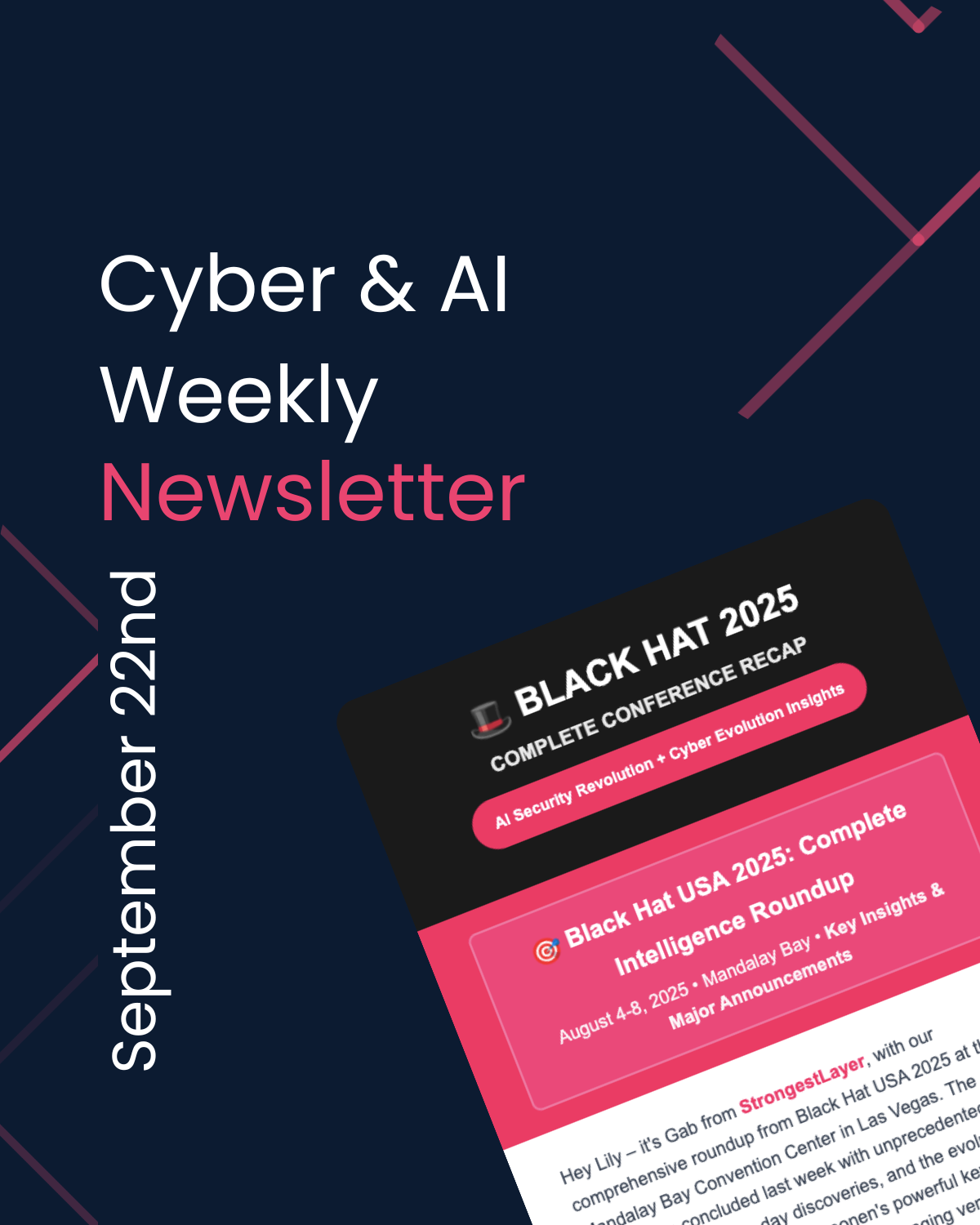




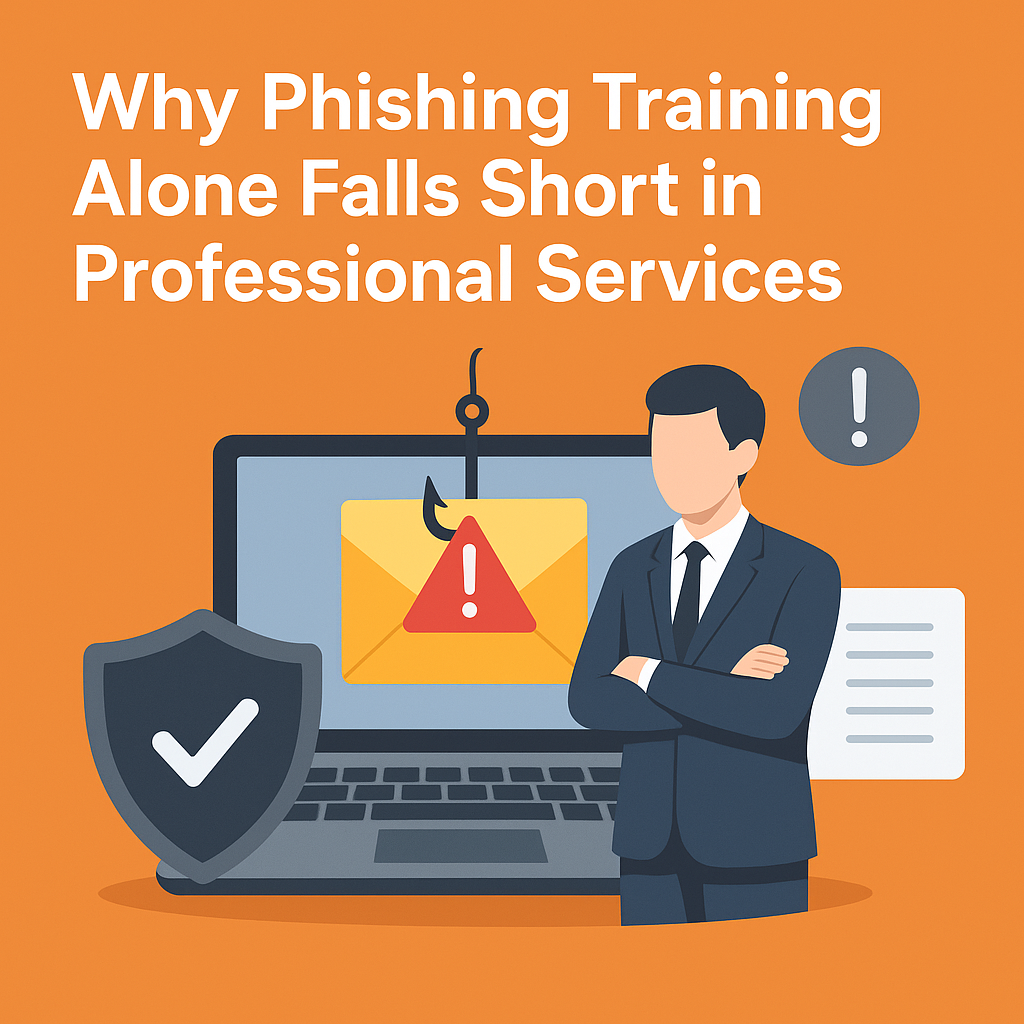

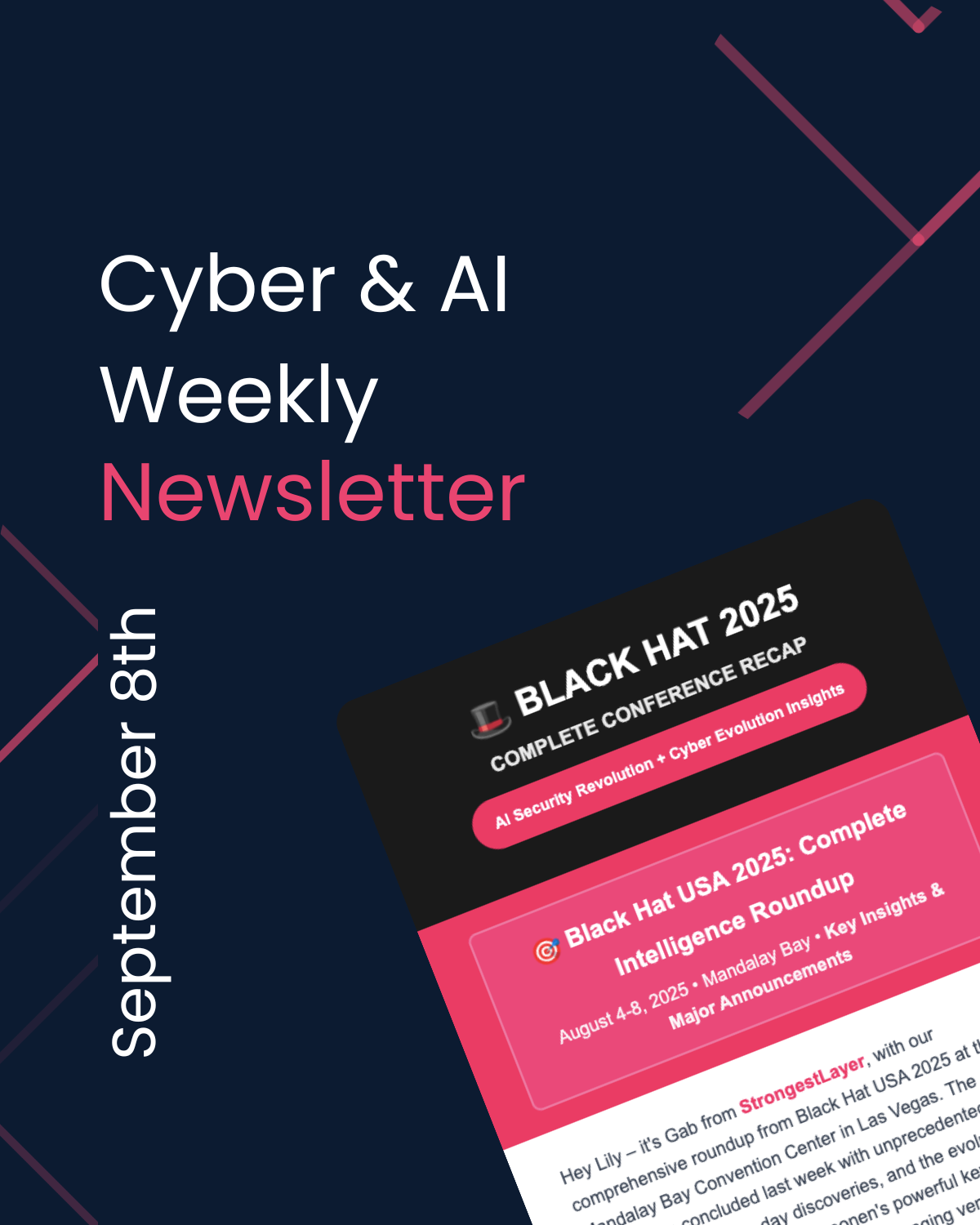


.png)

.png)

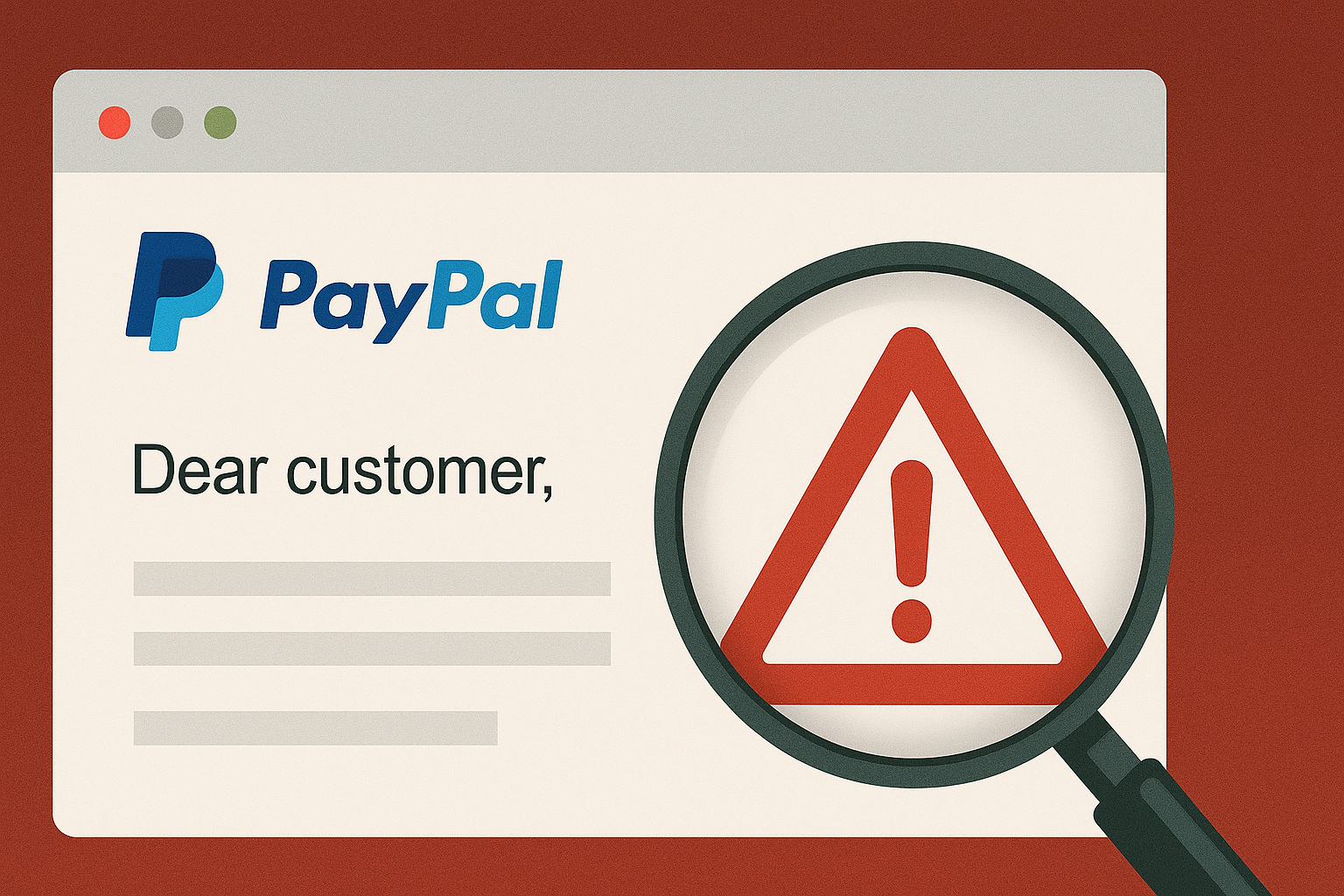
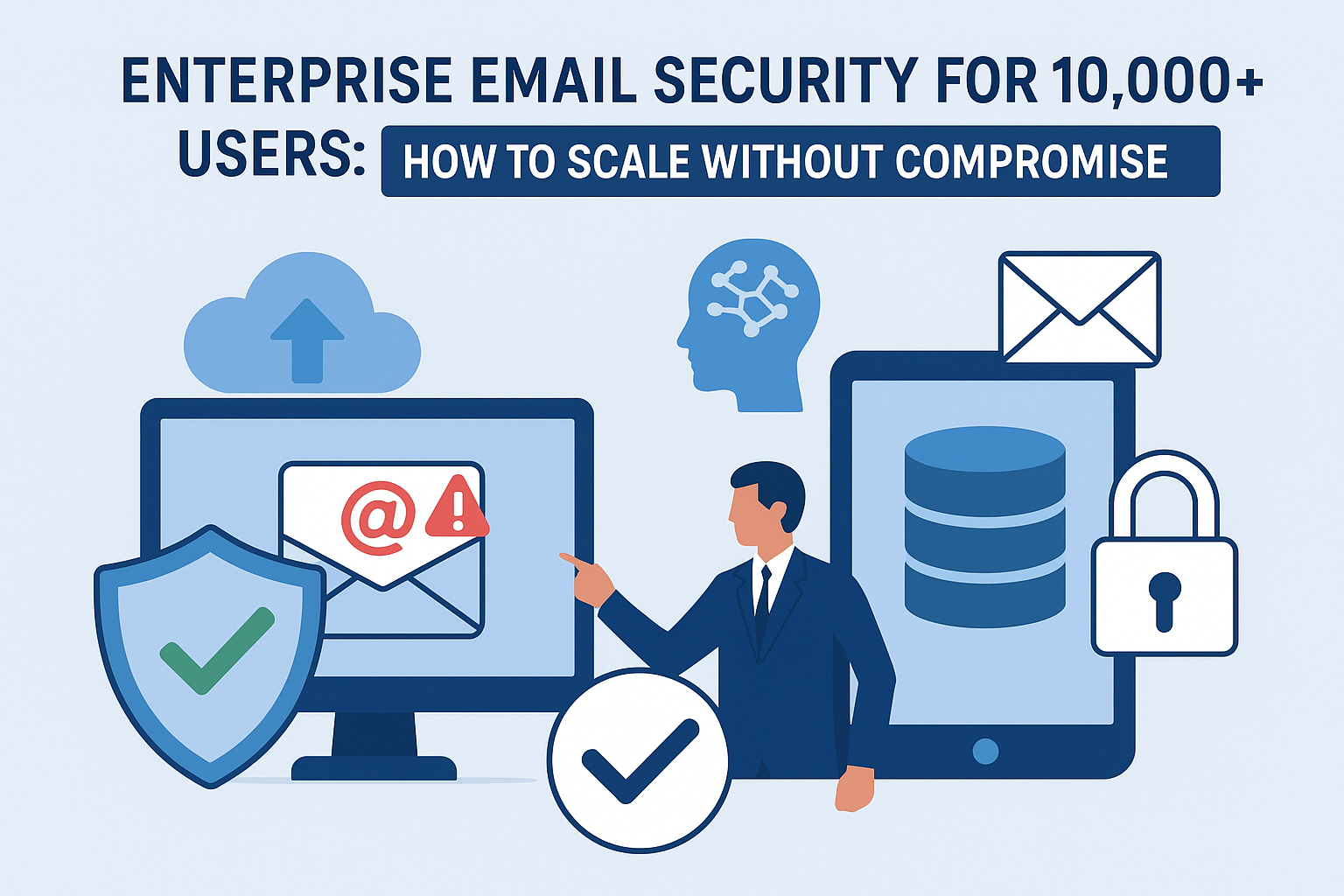
.png)
.jpg)
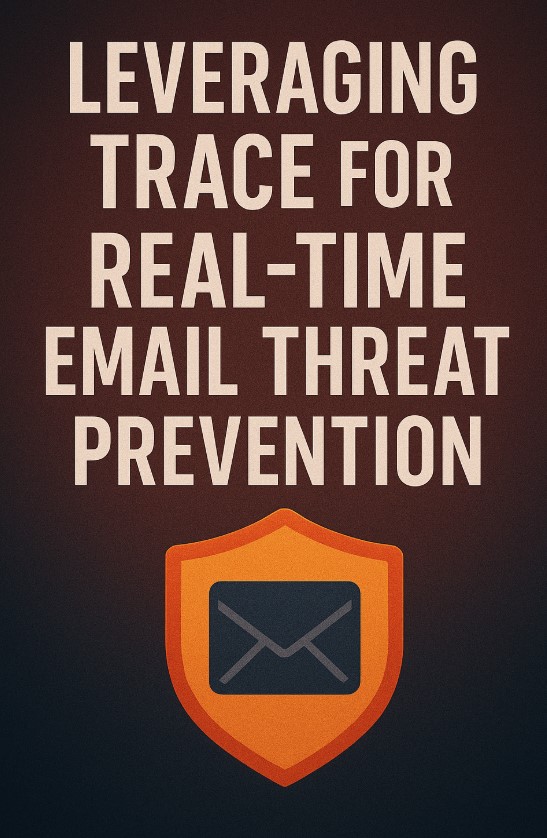
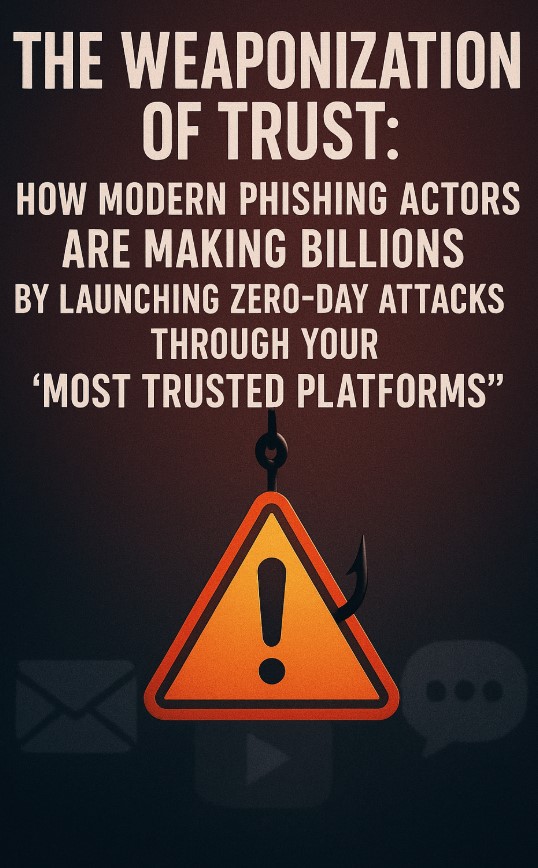
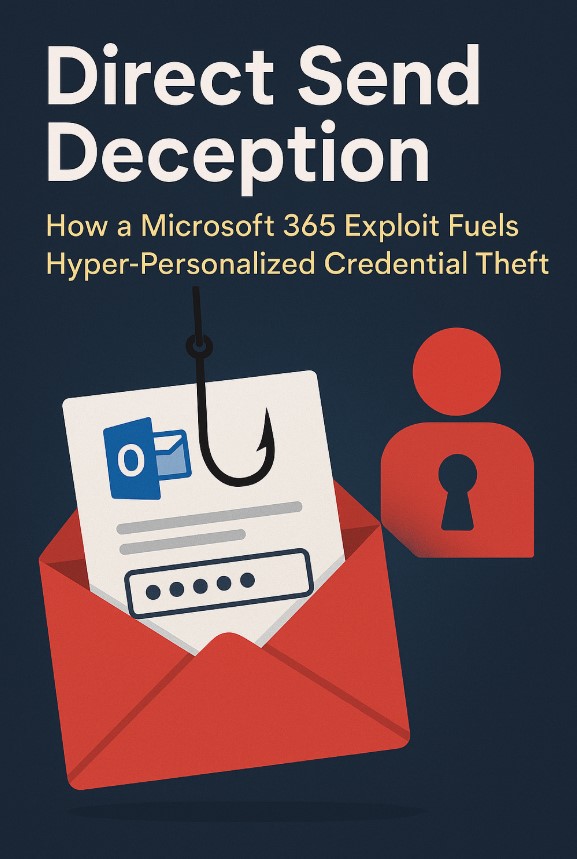
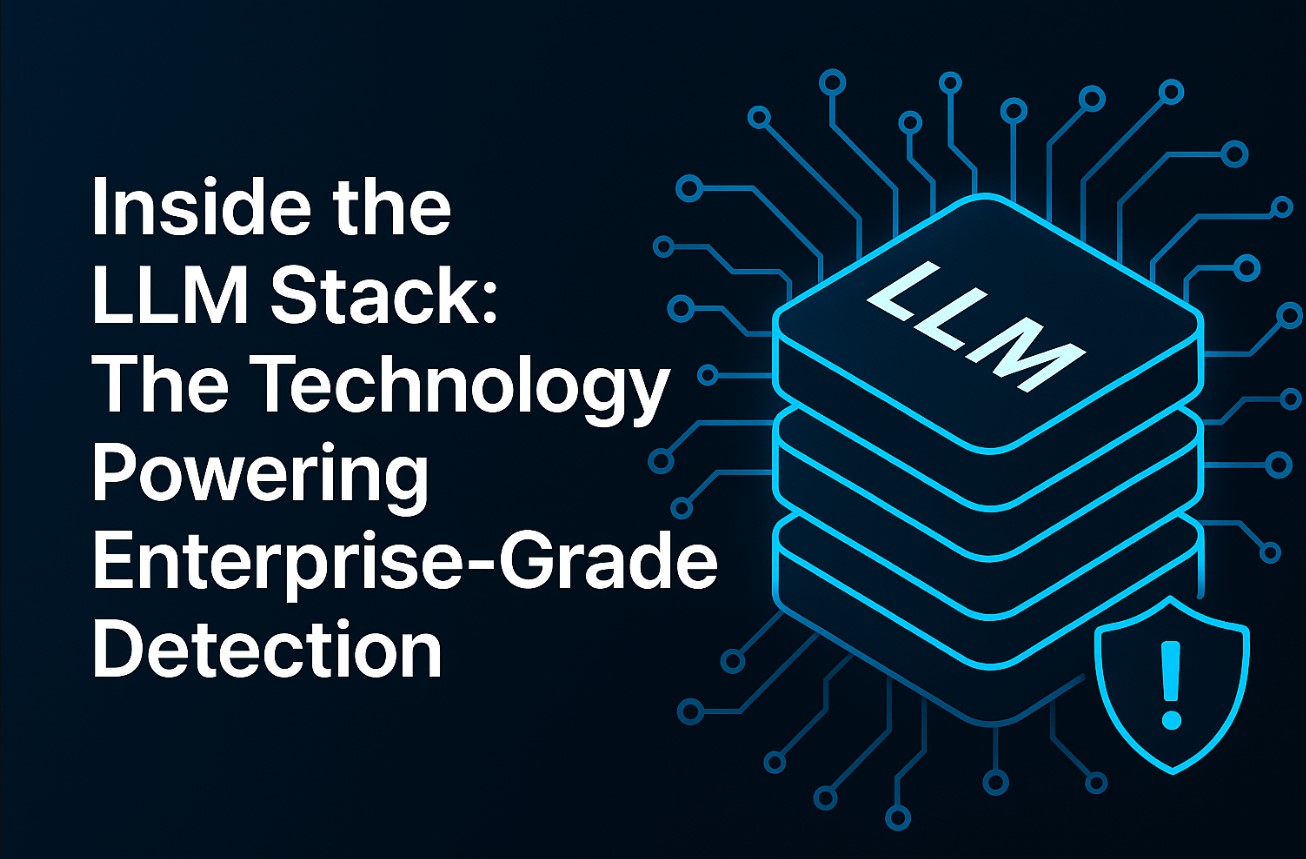
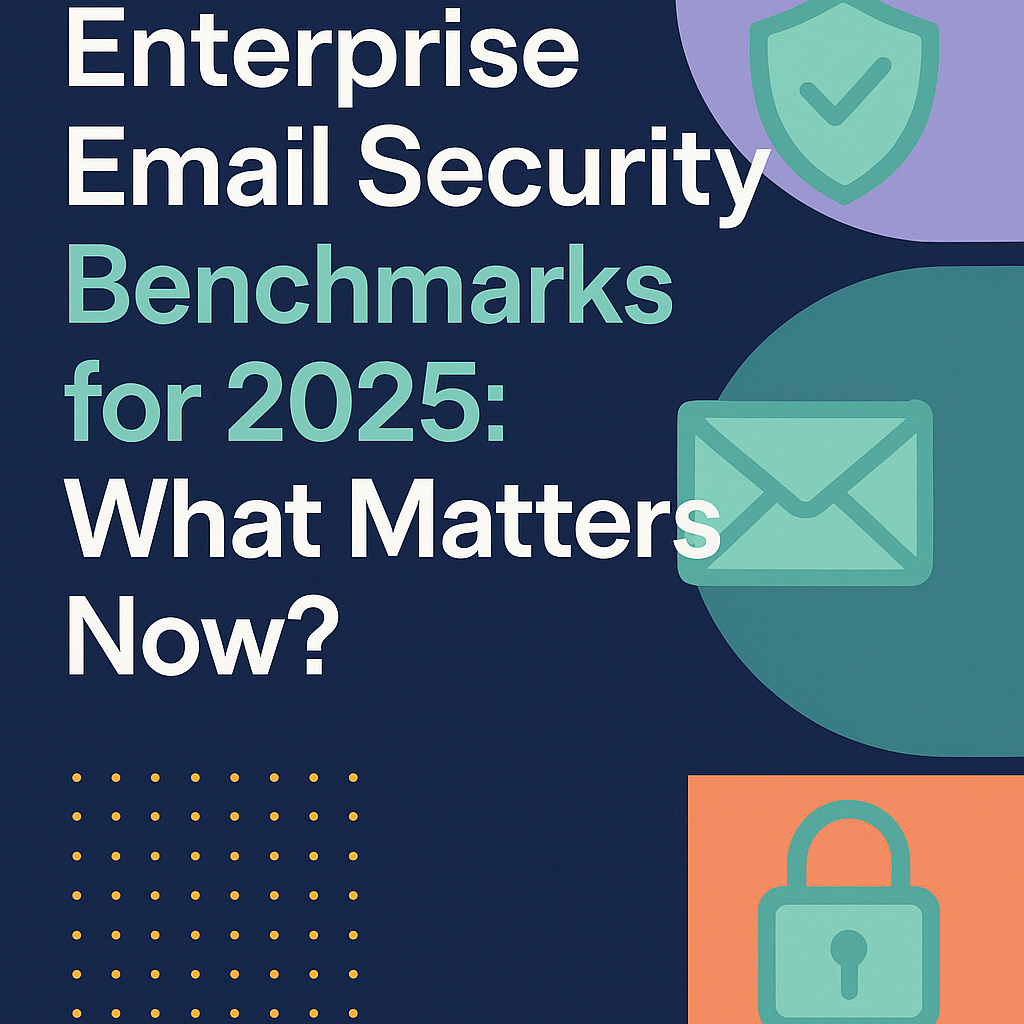


.png)







.png)






























%20Attacks%20in%202025.jpg)









